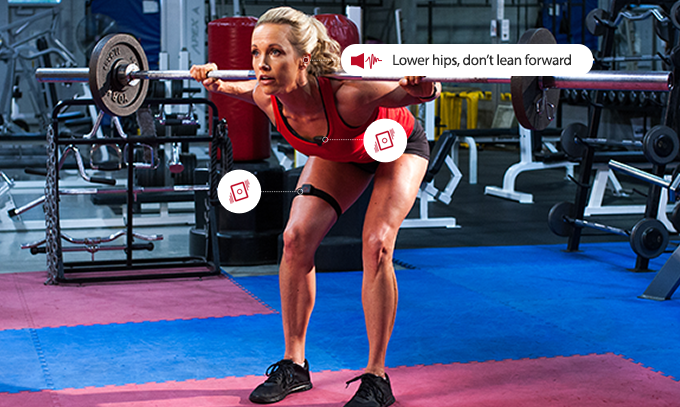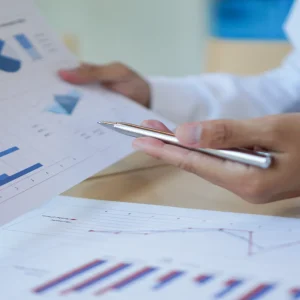
The IoT is an endless ecosystem of opportunities and we are only seeing the first applications of this revolution.
CBR lists five recent IoT applications that are driving the smart era.
1. Toys
Educating the younger masses or giving children tools to build tomorrow, the age of the Internet of Toys will see a strong push from Canonical who wants to connect toys to the internet.
The company is, in collaboration with the Hybrid Group and Erle Robotics, launching an open source initiative to bring together toy makers, hackers, IoT lovers and innovators, it said.
The firm wants to build the next generation of toys around open source tools, based on the current market offerings like Cyclon.Js, Gobot, Snappy Ubuntu Core, Snapcraft, ROS, Erle-Drones, Erle-Spiders.
Other ventures in the smart toys spectrum include Disney, who is also conducting research on how to connect Linux-based LEDs that also communicate with toys and the internet. This would give toys the ability to be accessed, monitored and acted on remotely.
2. Cows
Internet of Cows, or Internet of Food. Tracking cows using internet-enabled solutions will allow to keep the animals mooooving and manage food resources as the world’s population keeps rising.
In April, at Microsoft Build, the audience heard that Azure could be used, in conjunction with pedometers, to track cows.
Amongst the early adopters are Japanese cows, which have been geared up with a similar cloud solution by Fujitsu. The GyuHo SaaS lets farmers keep track of herds’ health status through Wi-Fi connected pedometers.
Other solutions in the market include Silent Herdsman, which continually monitors a cow’s activity and automatically detects changes in normal behaviour, indicating patterns related to estrus, eating and rumination.
3. Beer
Benjamin Franklin once said that "beer is proof that God loves us and wants us to be happy" but shortages have left many thirsty throughout the years.
The IoT has an answer to this and SteadyServ has developed a technology – iKeg – that sends direct alerts to users’ phones when beer is running low.
The iKeg uses sensors that measure beer levels and send that data to the cloud which is then analysed by a mobile app.
The technology also lets drinkers know which nearby pubs are the most popular, which beers are the most consumed and when a refill has been made.
4. Fitness
The IoT could jeopardise personal trainers’ jobs as technology will allow gym goers to train correctly without the need for another human to be around giving a hand.
Mixing wearables with a smartphone app, Ollinfit is a set of three sensors that communicate in real-time to the user’s phone.
The sensors can be placed in different parts of the body depending on the muscle region people are training. Data is then transferred to the app on the smartphone, which will give instant feedback to the user by speaking and by making the sensors vibrate.
The technology has also the capability of telling the gym-goer if he or she is able to lift heavier weights based on their posture. And it is sweat proof.
5. Toothbrushes
Smart connected toothbrushes have this year made their way to the consumer marker. They come in two different ranges: kids and adults.
The kids version, like the Sonicare kids toothbrush, transforms the task of brushing teeth into a game by connecting the brush to an app installed on a smartphone or tablet.
The game gives children points based on if they are brushing their teeth correctly. The points can then be used to feed Sparkly, a character that lives in the game, very much like the old Tamagotchi.
The adults version, from companies like Oral, also connects to a smartphone app and allows users to get real time reports on their brushing habits.
The technology tells the ‘brusher’ if they are brushing too hard or for too long, keeping a history record of this data. In addition, it sends out alerts to users to remind them to brush their teeth and helps them brush the most important areas.






